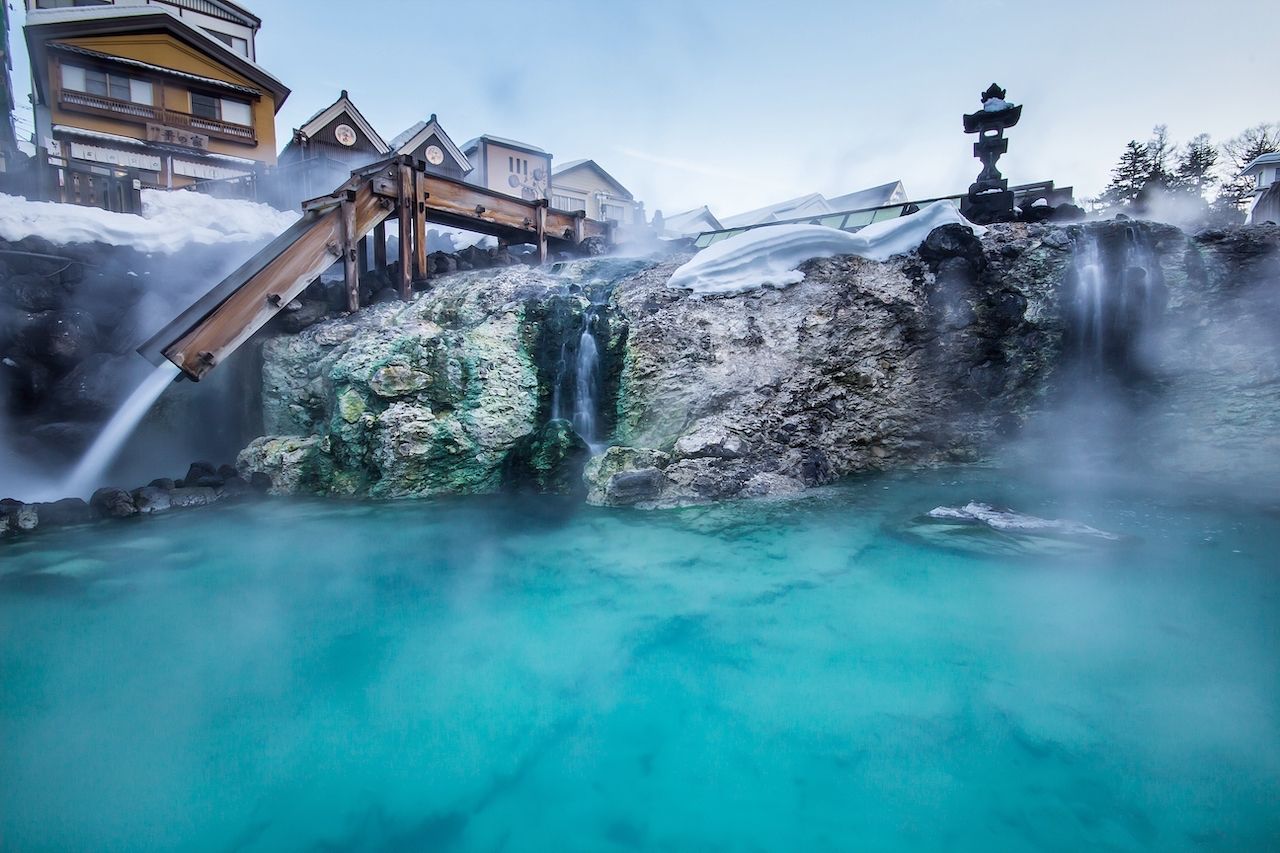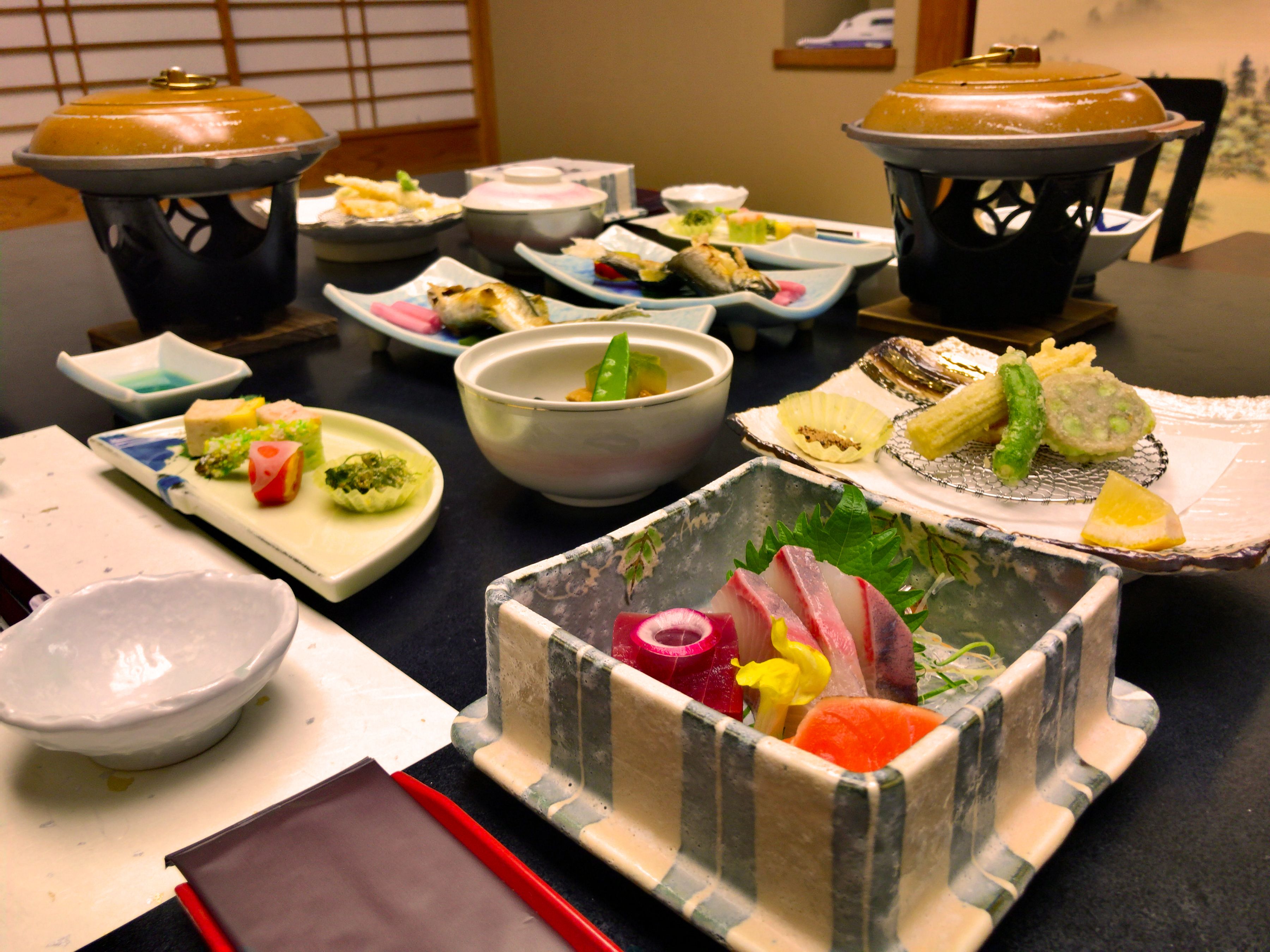Staying at a ryokan can be one of the most rewarding cultural experiences you can have while traveling through Japan. Though all of them are different, most have a basic outline of rules built on respect that were crafted to ensure you have an incredible stay. Ryokans are traditional Japanese inns that typically emphasizes a historic appearance, welcoming atmosphere, and comfort. They usually have relaxing onsens, baths fed by a natural hot spring, and prepare multi-course meals for their guests. Safe to say, they seem like something out of a fairy-tale if you’re not used to Japanese culture.
Much like classic Western hotels, not all ryokans are equal, though many have similar expectations, structures, and amenities. Still, entering one for the first time can be intimidating if you aren’t sure of what to expect. Here’s what to anticipate during your stay at a ryokan, along with how to act respectfully and ensure you have a great time while exploring this amazing part of Japanese culture.




